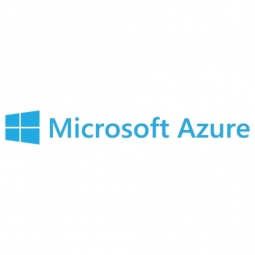
Microsoft Azure
Microsoft Azure is a Cloud Computing platform and infrastructure created by Microsoft for building, deploying, and managing applications and services through a global network of Microsoft-managed data centers. It provides both PaaS and IaaS services and supports many different programming languages, tools and frameworks, including both Microsoft-specific and third-party software and systems. Azure was announced in October 2008 and released on 1 February 2010 as Windows Azure, before being renamed to Microsoft Azure on 25 March 2014.
Azure supports a broad selection of operating systems, programming languages, frameworks, tools, databases and devices. Using Azure, you can run Linux Containers with Docker integration; build apps with JavaScript, Python, .NET, PHP, Java and Node.js; build back-ends for iOS, Android and Windows devices. Azure cloud service supports the same technologies millions of developers and IT professionals already rely on and Trust. It can easily be integrated with your existing IT environment through the largest network of secure private connections, hybrid database and storage solutions, and data residency and Encryption features — so your assets stay right where you need them.
Azure offers a comprehensive set of intelligent solutions for data warehousing, advanced analytics on big data, and real-time streaming.
Additionally, with Azure Stack, you can also bring the Azure model of application development and deployment to your datacenter. Azure hybrid cloud solutions give more IT options, with less complexity and cost. Because of this, it's one of the preferred available Cloud Computing services.
Huawei, GE Healthcare, 3M, Xerox, BMW, AccuWeather, Heineken, Rolls-Royce
-
Devices Layer
-
Edge Layer
-
Cloud Layer
-
Application Layer
-
Supporting Technologies
Case Studies.



Similar Suppliers.


Partners.







